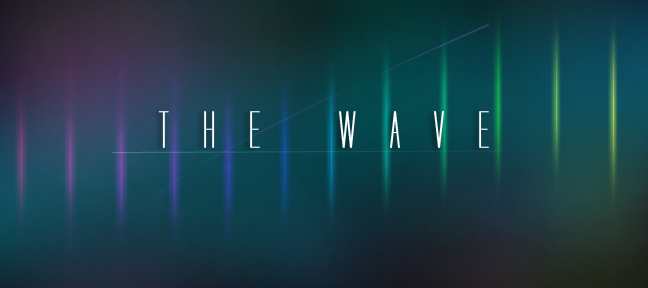The purpose of this post isn’t to tell you how to pronounce each and every sound on the planet, it’s to teach you methods for figuring them out.
Now…let’s think of how you first learned to articulate proper sound (saying the words correctly as they are supposed to be pronounced.) You didn’t just wake up one day when you were a child knowing how to say “consumerism”, “harbinger”, or “antithetical” perfectly. You had to try a bunch of times to get it right, and you had to experiment with different ways of making the sound before you found the right one.
When you’re learning another language, you must do this again. You must learn how to articulate the right sounds in the right place. This can be tough. If you’ve been pronouncing the letter “a” a certain few ways all your life, then one day you need to start pronouncing it in another, it’s going to be an odd thing to do for some people, but you’ll at least have a general idea of how to pronounce it. Or maybe it’s a sound that doesn’t exist in your language at all, like the “sj” in Swedish, and you have no idea where to start pronouncing it at all.
First, the key thing is to listen. Listen to the sound a lot and become familiar with it. Listen to music in the language you’re trying to learn or watch shows where people speak it. Do this a lot. The point is to get yourself more familiar with the sound so it won’t be as foreign and weird sounding to your ears. Try repeating what people say also, that will help you a lot.
The second thing is to experiment. So you can pronounce an “a” in a certain way. Good. Now think of how else you could pronounce the “a” in the way that you must for that language. Think about why the “a” in your language and the “a” in your target language sound different. Your mouth and tongue are in different positions right? It’s the same way for all sound.
So, if you’re trying to pronounce “a” in your target language using the same position of your tongue/mouth as you use for your native language, you won’t get the correct sound, right?
Now we must experiment to try and achieve our sound. Try moving your tongue around or holding your mouth open more or less. Try making different shapes with your lips, or try directing the air flow more out your nose than your throat. You can even change how you push the air out of your lungs to change the sound. Are you making the sound in your throat, at the top of your mouth, or does it come out at the very front? Maybe you could try saying two sounds at once, and that will give you your sound.
You’ve listened to the sound and are familiar with it, and hopefully now you’re experimenting with how to make it.
One thing you can do that works for some sounds, although some people may find it a bit creepy, is to look at the mouths of native speakers and see how their mouths move. It might sound odd, but it might help some people figure it out.
Basically, you must listen and experiment to make the sound.
For tonal languages, think of it like singing a song. Ever sing a some lyrics with a friend, and you end on the wrong note and your friend stares at you oddly because it was just, well, wrong? Just think of a tonal language like a song. The write tone is singing the song (your word, your meaning) correctly, get the wrong tone and you'll be singing something completely different or something that's just flat out wrong. With practice and patience, tonal systems will eventually come naturally to you. Make an effort to listen and experiment to get the right tone, and never give up!
Good luck!





No comments:
Post a Comment